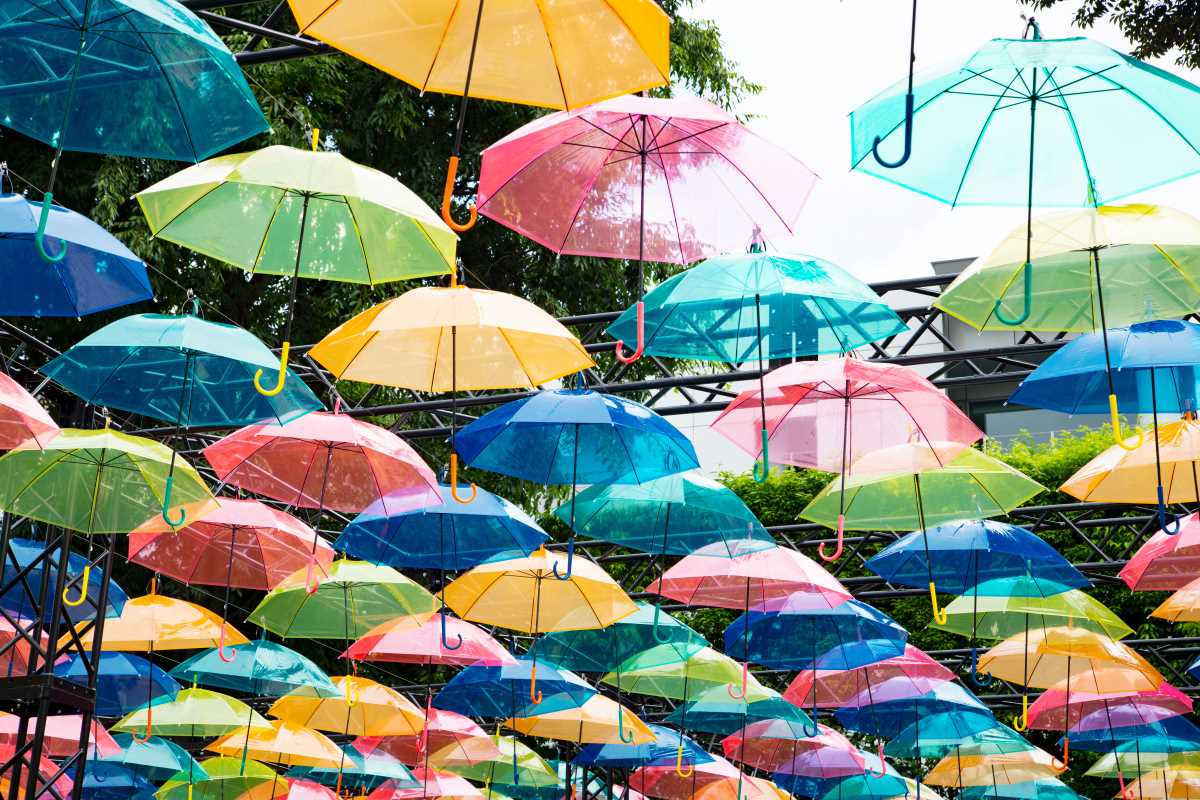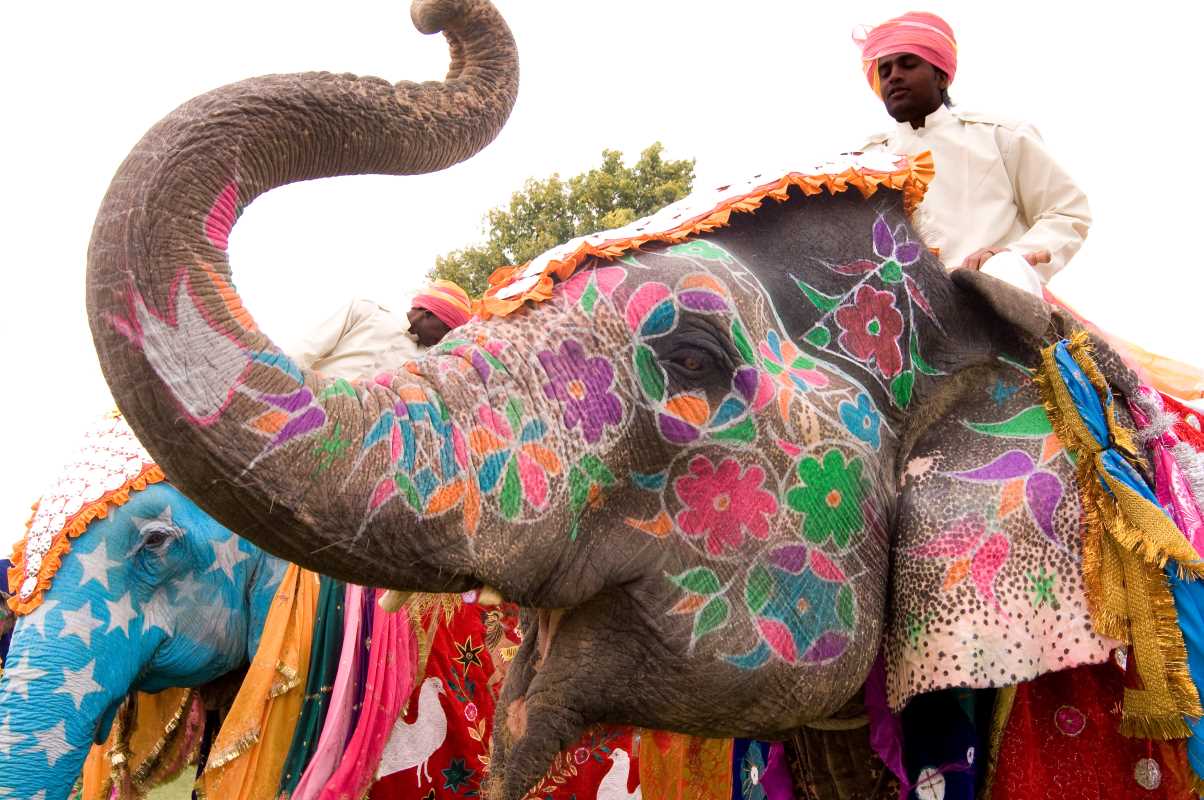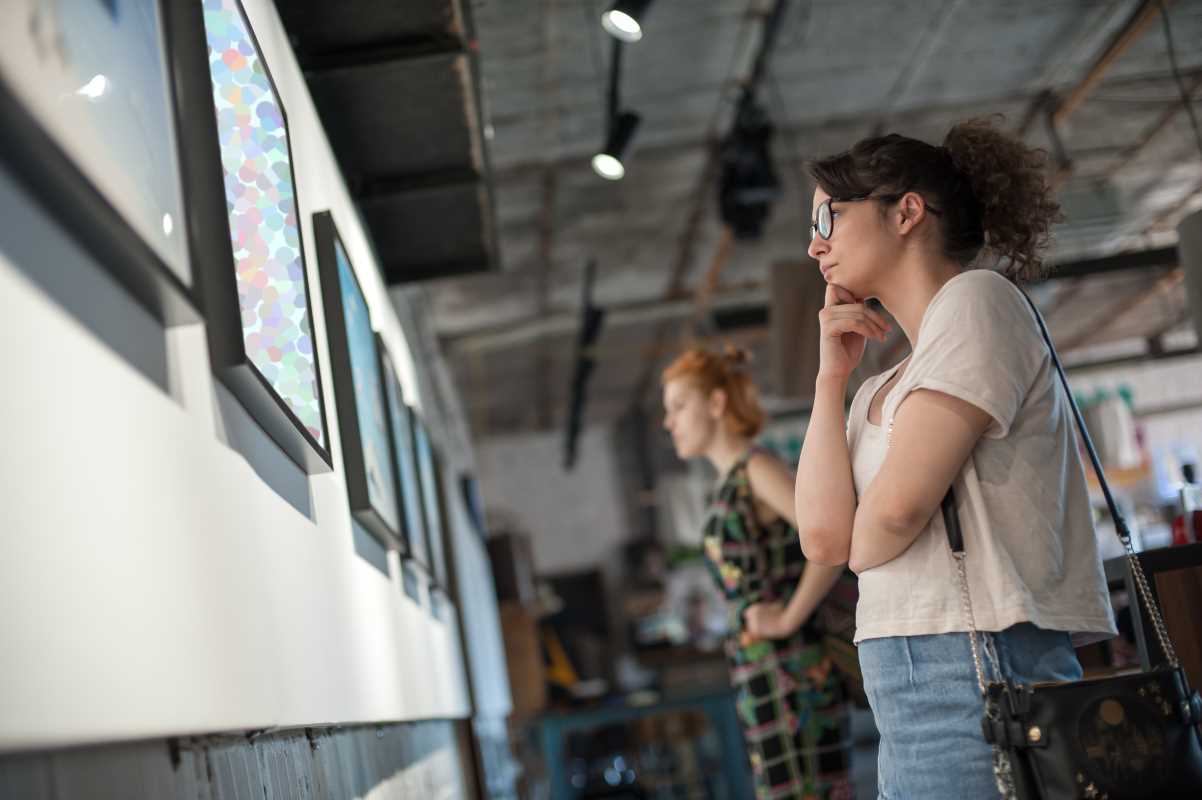Urban centers have always been hubs of creativity and cultural exchange. Over the past few decades, public art projects have emerged as a powerful force in transforming these spaces, breathing life into concrete jungles and fostering a renewed sense of community. From vibrant murals that tell stories to striking sculptures that redefine spaces, public art reflects collective identities, inspires civic pride, and enhances urban aesthetics. Beyond beautification, it plays a crucial role in shaping cultural dialogue, boosting social cohesion, and driving tourism and economic growth. Public art is more than decoration—it’s a testament to the spirit of the people it represents.
Reflecting and Shaping Community Values
Public art serves as a mirror to the values, history, and identity of a community. At its core, it’s a form of storytelling, weaving narratives that might otherwise be overlooked. Whether it’s a mural honoring civil rights leaders or an installation celebrating local folklore, public art becomes a voice for the community.
Take, for example, the murals of Philadelphia, a city often referred to as the “Mural Capital of the World.”
- Initiatives like the Mural Arts Philadelphia program have transformed over 4,000 walls into canvases that celebrate the city’s diverse heritage.
- One particularly poignant project, “A Tribute to Harriet Tubman,” immortalizes the abolitionist’s legacy and inspires dialogue about social justice.
- These works unite people through shared cultural narratives, reminding them of their collective past and inspiring hope for the future.
Public art also shapes values by challenging societal norms and provoking thought. Sculptures like Fearless Girl, installed near Wall Street in New York City, spark meaningful conversations. Initially placed as a temporary installation, this bronze figure of a young girl standing defiantly became a symbol of empowerment and gender equality, resonating deeply with viewers worldwide. The placement of such art in public spaces ensures its accessibility, opening up cultural conversations to all, not just those who frequent museums or galleries.
Enhancing Urban Aesthetics
Cities are evolving landscapes, but in their growth, they often risk becoming homogenous sprawls of glass, steel, and concrete. Public art combats this monotony, adding color, texture, and character to urban environments. Its ability to transform a blighted area into a vibrant destination cannot be overstated.
Consider the case of Wynwood Walls in Miami. Formerly an industrial neighborhood dominated by warehouses, Wynwood has been revitalized through large-scale murals created by renowned street artists from across the globe. Today, it’s celebrated as an open-air museum and artistic epicenter. What was once a neglected area is now a thriving district, drawing locals and tourists alike to marvel at its bold creativity.
- Beyond large murals, other forms of public art—such as sculptures, mosaics, and interactive installations—also play an integral part in enhancing a city’s aesthetic appeal.
- Works like “The Bean” (officially known as Cloud Gate) in Chicago's Millennium Park have become visual landmarks.
- These installations don’t just add artistic flair; they redefine how people interact with their surroundings, encouraging exploration and engagement with the space.
Fostering Social Cohesion
One of public art’s most profound impacts lies in its ability to unite people. Cities are often melting pots of different cultures, languages, and perspectives, and public art fosters connections across these diverse groups by creating shared experiences. It invites conversation, sparks curiosity, and encourages dialogue.
A standout example is São Paulo’s Beco do Batman (Batman Alley). This vibrant area exemplifies how public art can bring communities together. Originally named after a graffiti of Batman that appeared decades ago, the alley has since become a collaborative art project where local and international artists continually contribute their work. Residents, artists, and visitors coalesce in this shared appreciation of creativity, turning the area into a symbol of unity amid an otherwise sprawling metropolis.
Public art also becomes a stage for community participation. Many projects involve volunteers or local residents in the creation process, fostering a sense of ownership and pride. Initiatives like the “Before I Die Wall” series, which began in New Orleans, invite people to publicly share their hopes and dreams on large chalkboard walls. These installations are not only deeply personal but also serve as a unifying force, reminding people of their shared humanity.
Driving Tourism and Economic Development
The economic value of public art cannot be overlooked. A city adorned with compelling art becomes a destination in itself, drawing tourists eager to experience its creative pulse. Alongside tourism comes local spending, benefiting restaurants, shops, and other businesses.
Take Reykjavik, Iceland, as an example. The city’s colorful murals and sculptures—crafted as part of efforts to make art accessible to all—play a key role in its appeal. Visitors flock to see works like Painted Streets in Reykjavik, drawn by the fusion of Icelandic folklore, contemporary design, and community participation. Similarly, Vienna’s MuseumsQuartier, an area dotted with public installations and works of art, attracts millions annually, cementing its place as one of the city's economic and cultural hearts.
- Public art also revitalizes neglected neighborhoods, raising property values and attracting investment.
- The East Side Gallery in Berlin, a preserved stretch of the Berlin Wall painted by over 100 artists, transformed from a symbol of division into a cultural and economic magnet.
- Its bustling foot traffic has reinvigorated nearby businesses and cemented Berlin as a global cultural hub.
Sparking Cultural Dialogue in Urban Spaces
Public art transcends barriers—economic, linguistic, and cultural—allowing it to speak to a global audience. It reflects the dynamic nature of urban centers, where ideas and identities continuously evolve. Ultimately, public art is not static. Its significance shifts with the context, inspiring future generations and documenting the cultural zeitgeist.
From the bold murals of Philadelphia to the colorful streets of Reykjavik and the iconic sculptures of Chicago, public art transforms urban environments in tangible and intangible ways. It captivates, fosters belonging, supports local businesses, and places culture at the heart of city life.
Public art isn’t an embellishment; it’s an integral symbol of humanity’s creativity and resilience, reminding us of the beauty and diversity embedded within urban landscapes. It’s a call to explore a city not just as a collection of buildings, but as a canvas where culture and innovation flourish. Where there is public art, there is connection, identity, and the promise of transformation.







